How to Make Your Own Mead + Easy Recipes to Try
Are you interested in learning how to make your own mead? It’s not as complicated as one might think, and it can be quite a fun learning experience!
Mead is a fermented honey and water mixture that some refer to as a honey wine. Mead might be the first fermented drink that humans made purposefully. It is quite easy, and all recipes involve the same steps.
Making mead at home is very much like making wine. You combine the ingredients and let it sit for weeks or months at a time. Then, you bottle it up and let the bottles age. Wine can take months to years to properly develop, and that takes some major patience.
If you are like me, you lack the patience to wait for a delicious drink. That’s one reason why mead is popular. it requires less time to brew; some are ready in as little as three weeks. Fruit and spices cover any flaws in the mead, so you can drink it sooner.
All you need is two pieces of hardware – a glass jug and a fermentation lock. A fermentation lock lets carbon dioxide escape without letting harmful bacteria into your mead.
Remember to Sterilize First
Before we start learning how to make mead, it’s important that you understand sterilization is crucial. Mead is made with food, so you want everything to be clean. However, when brewing, you tend to use the same equipment over and over again. Failure to wash properly can cause recipes and formulas to change. You don’t want to end up with cross-contamination, nor do you want yeast migrating from one batch to the other.
A Basic Clove Mead
- 1 Gallon Water
- 1 Lemon
- 1 Cup Strong Tea
- 3lbs Honey (1 quart)
- 12 Cloves
- Epernay II Yeast
- The first thing you need to do is put your gallon of water in a stockpot and bring it to a boil. Once the water is boiling, add the honey. Turn off the heat and stir well.
- Slice up the lemon, and add it into the heated water and honey, along with the cloves and cup of tea.
- Let the pot of honey water stand covered until cool. Transfer the mixture to a glass, gallon jug and add the yeast. While Epernay yeast is great, you can also use ale yeast or champagne yeast!
- Allow the mead to ferment for 18 days, then siphon into bottles. Cap the bottles and allow to sit at room temperature for two weeks. At this point, put it in the refrigerator. It’s ready to drink!
Maple Mead
- 3lbs Honey
- ¼ Cup Brown Sugar
- 7 Cups Water
- 3 Fluid Oz. of Pure Maple Syrup
- 3 TBS Lemon Juice
- 4oz Strong Tea
- Yeast – depends on preference
Method
- Boil water and put 4oz into a cup with a single teabag. Allow the tea bag to set for hours, creating the strong tea needed for the recipe.
- Place the honey into a stockpot along with seven cups of water, and bring to a boil. When it stops foaming, add the maple syrup, brown sugar, lemon, and tea.
- Turn off the heat, remove to a cool burner, and allow the mixture to cool.
- Add the yeast when the mead is approximately 70 degrees F.
- Let the mead mixture ferment for a month and then rack it into a secondary jug.
- Wait two more months, and rack it again. Taste it to decide if you like it! If so, it’s time to bottle it up. If you don’t like it yet, you can wait a few more months and then bottle it.
This recipe is adjustable. Some don’t like meads that are too sweet. If that’s you, just cut the honey down to either 2 or 2 ½ lbs.
A Wildflower Mead
- 2 Quarts Wildflower Honey
- 1 cup white raisins
- 1 egg
- 1 Gallon Water
Method
- Put the one gallon of water into a stockpot and bring it to a boil. Add the two quarts of honey and egg white from one egg. Make sure to mix well.
- Cook the mixture over medium heat on the stove, while you continue to stir. Once it comes to a full boil, the scum will rise to the top, and it needs to be skimmed off.
- Once no more scum comes to the top, you can add the raisins. Raisins are a natural source of yeast. Turn off the heat, and cover overnight.
- The next morning, strain out the raisins, add any yeast of your preference and transfer the mixture to a glass, gallon jug. Place the fermentation lock on top of the jug. You should save any extra to put on top of the mead after racking.
- Allow the mead mixture to set for at least one month before the first racking. Your second racking should take place when fermentation stops.
- Rack again in three months. You want to make sure to keep the mead topped off; airspace should be at a minimum. After the third rack, don’t touch for a year.
Orange Spiced Quick Mead
- 3lb Honey (orange blossom or clover is ideal)
- 1 Cup Orange Juice
- 2 Dozen Raisins
- ¼ TSP cinnamon
- ¼ TSP nutmeg
- ¼ TSP allspice
- 1 Package Brewing Yeast
- Water
Method
- Heat up the orange juice to about 95 to 100 degrees F. Add the yeast, cover the container, and shake well. Leave it loosely capped for about 30 minutes, and you’ll see the yeast come to life with bubbles and foam.
- Place the honey into the fermentation jug of your choice. If some of the honey sticks in the original container, just add a bit of warm water and shake it, then pour it into the fermentation jug. Then, add more warm water to the fermentation jug until you have the same amount of water and honey. If you want a bit more spice, try adding one or two cloves!
- Place the cap on the jug and shake well.
- Make sure the temperature in the jug is no more than 105 degrees F, or you might kill the yeast. Add the spices, raisins, and the yeast/orange juice mixture. Top off the jug with cool water until only 1 to 2 inches empty space remains
- Place the stopper and fermentation lock.
- Rack the mixture, removing any sediment left behind, and siphon into bottles.
 Home and Gardening Ideas At home and Gardening ideas we believe inspiring readers about homesteading, self sufficiency
Home and Gardening Ideas At home and Gardening ideas we believe inspiring readers about homesteading, self sufficiency
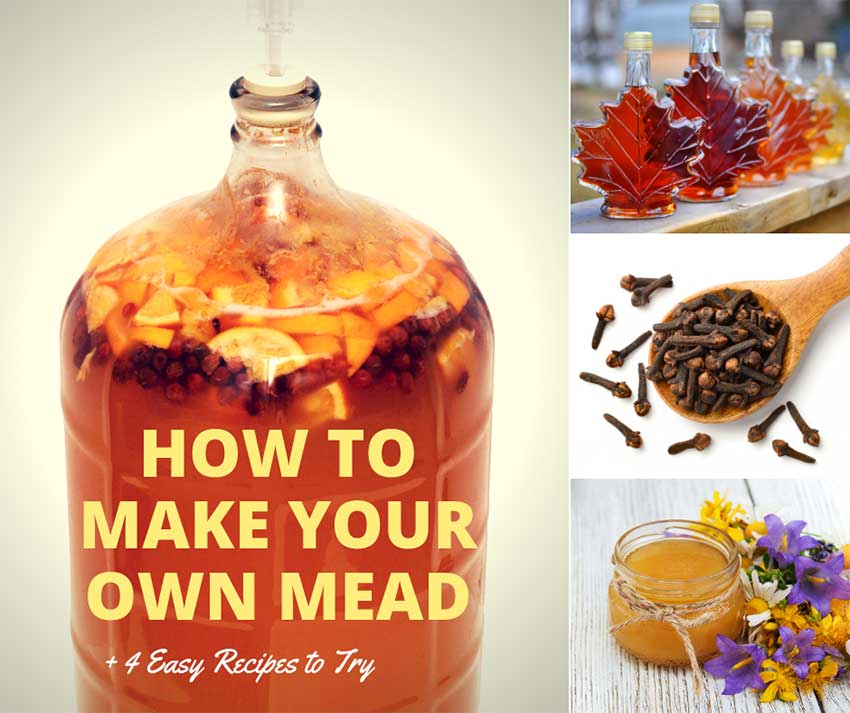
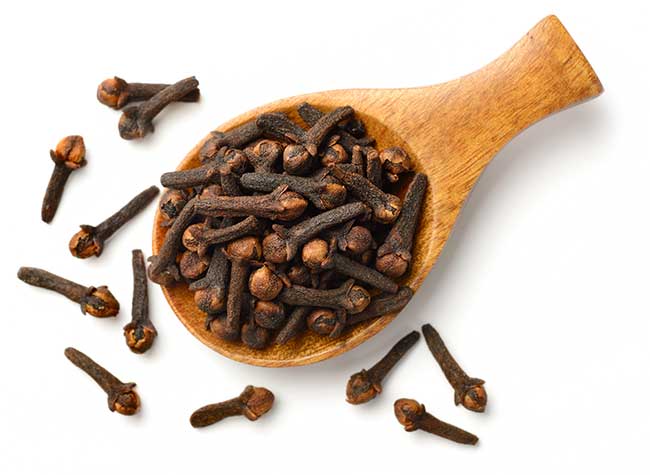
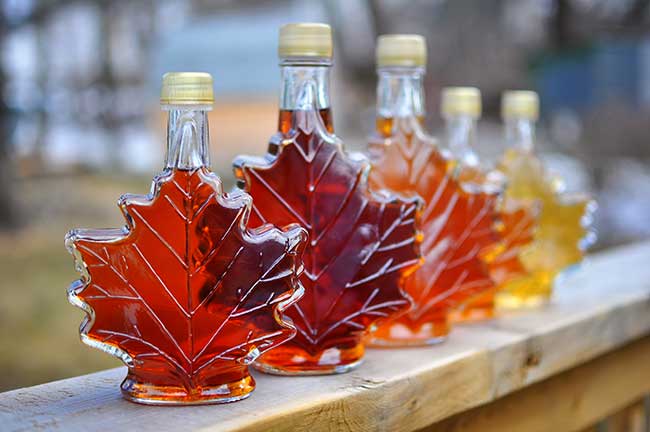
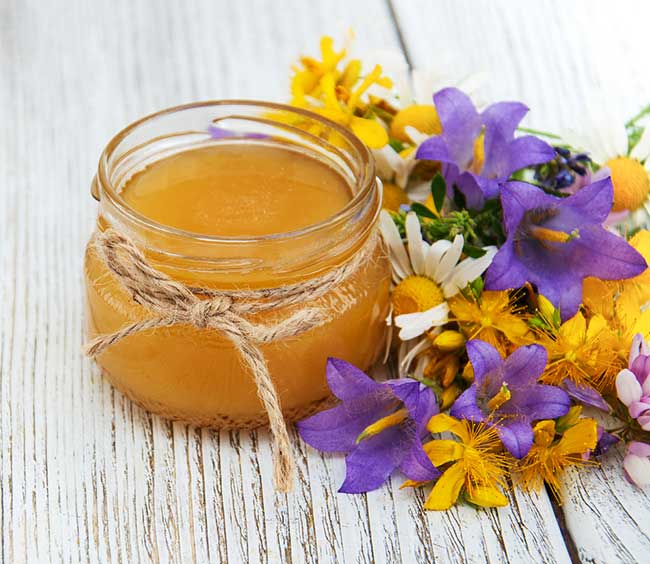
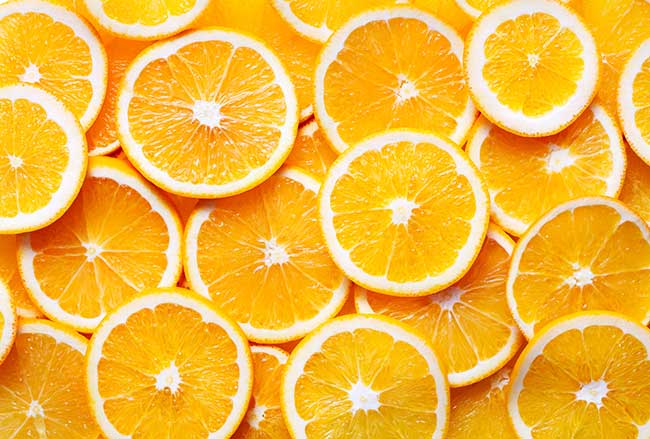



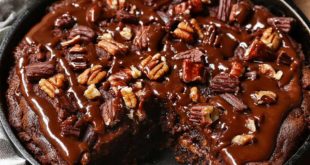


One comment
Pingback: Amazing Homemade Mead Recipes